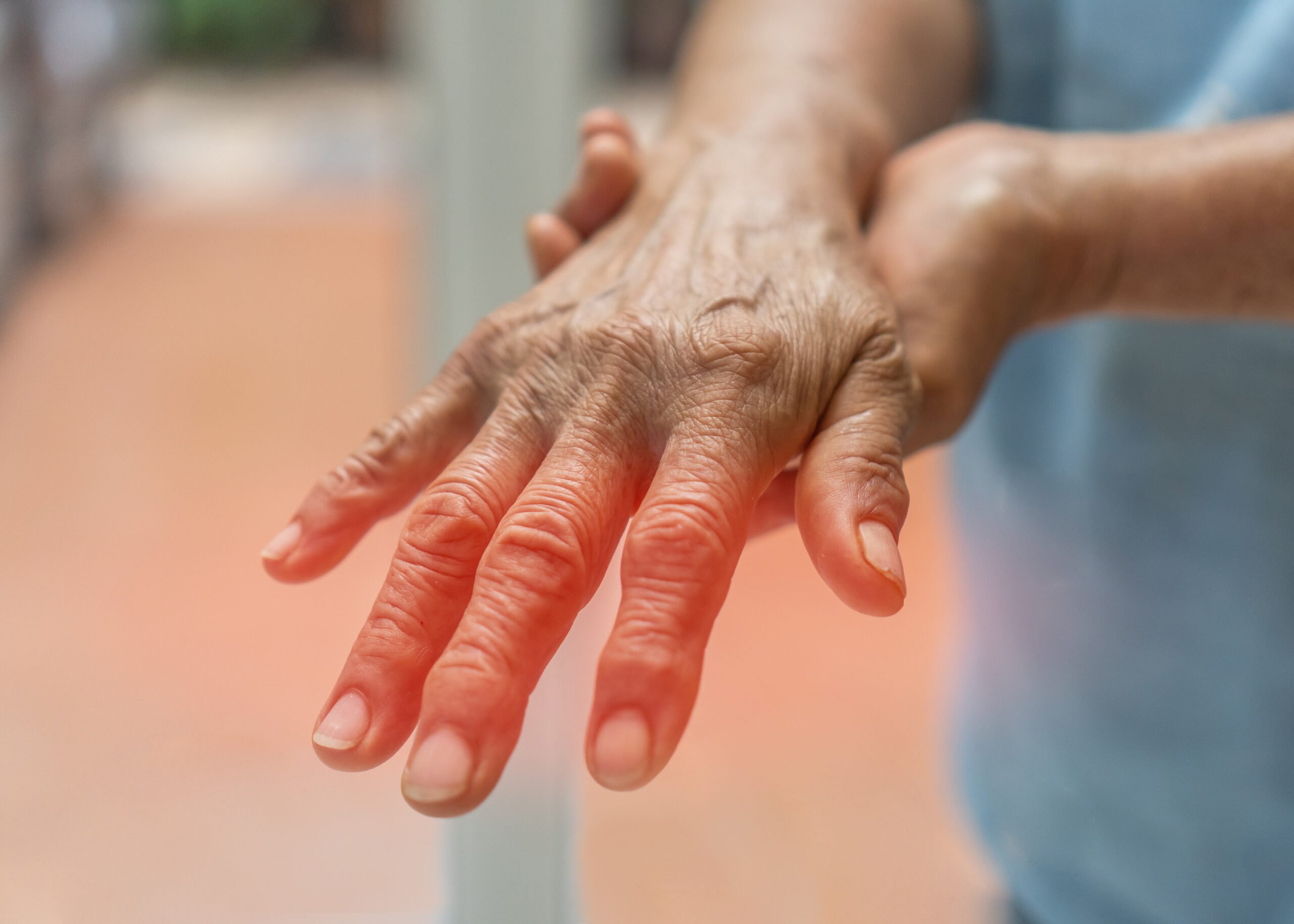Neural Mobilization for Diabetic Peripheral Neuropathy
Diabetic peripheral neuropathy (DPN) is a common and debilitating complication of diabetes, characterized by nerve damage throughout the body caused by high blood sugar levels. It affects millions globally, leading to symptoms such as pain, tingling, numbness, and weakness, primarily in the hands and feet. As these symptoms progress, they can severely impact an individual’s quality of life, limiting mobility and causing chronic discomfort. One of the emerging therapies in the treatment of DPN is neural mobilization, a technique aimed at relieving nerve pain and improving function through the gentle movement of nerves and surrounding tissues.
Neural mobilization, also known as nerve gliding or nerve flossing, is a non-invasive, physical therapy technique that focuses on the mechanical and physiological restoration of nerves. The underlying principle of this approach is that nerves must be able to move freely within their surrounding structures to function optimally. In patients with diabetic neuropathy, nerves can become adhered or entrapped due to diabetic changes in tissues, leading to increased pain and functional limitations. Neural mobilization exercises are designed to mobilize these nerves, promoting their movement and reducing the mechanical stress exerted on them.
The technique involves a series of specific movements that stretch and glide the nerves, helping to improve their elasticity and slide within the surrounding tissues. For patients with diabetic neuropathy, these exercises are tailored to target the areas most affected by nerve damage. The process starts with a comprehensive assessment by a trained physical therapist who evaluates the patient’s specific condition, pain levels, and mobility restrictions. This evaluation guides the development of a personalized treatment plan that includes neural mobilization techniques along with other therapeutic interventions.
The benefits of neural mobilization for diabetic peripheral neuropathy are supported by several studies that highlight its potential to alleviate pain and improve sensory and motor functions. By enhancing nerve gliding, these exercises can reduce the mechanical pressure on the nerves, which is often a significant contributor to neuropathic pain. Furthermore, improved nerve mobility can enhance blood flow to the nerves, which is crucial in conditions like diabetes, where circulation is often compromised.
Patients undergoing neural mobilization therapy often report a reduction in symptoms such as pain and tingling, along with improvements in strength and coordination. These changes can lead to better overall function, making daily activities less challenging and reducing the risk of falls and injuries associated with peripheral neuropathy. Moreover, as a conservative management approach, neural mobilization offers a safe alternative to medications, which can have side effects and may not be suitable for all patients.
Despite its benefits, neural mobilization is not a standalone treatment but part of a comprehensive management plan for diabetic peripheral neuropathy. It is most effective when combined with other strategies such as glycemic control, regular physical activity, and dietary modifications. These elements work synergistically to manage diabetes and its complications effectively. Furthermore, education plays a crucial role in the treatment process, as patients need to understand their condition and how various therapies can help manage their symptoms.
Implementation of neural mobilization requires expertise and should be performed under the guidance of a professional trained in this specialty. The therapist must understand the intricacies of nerve behavior and be skilled in assessing and adjusting the treatment as the patient progresses. Regular sessions are typically necessary, and patients may also be taught specific exercises to perform at home to enhance their mobility and pain management.
In conclusion, neural mobilization presents a promising therapeutic approach for managing diabetic peripheral neuropathy. By focusing on improving nerve mobility and reducing mechanical stress, this technique can significantly alleviate pain and enhance the functional abilities of those afflicted with this condition. As research continues to grow in this area, it is likely that neural mobilization will become an increasingly recognized component of comprehensive neuropathy management, offering hope and improved quality of life to many patients suffering from this challenging diabetic complication.
